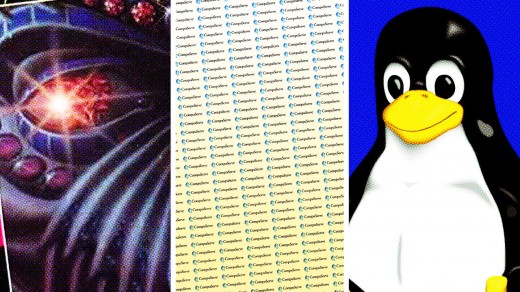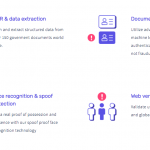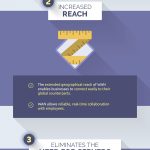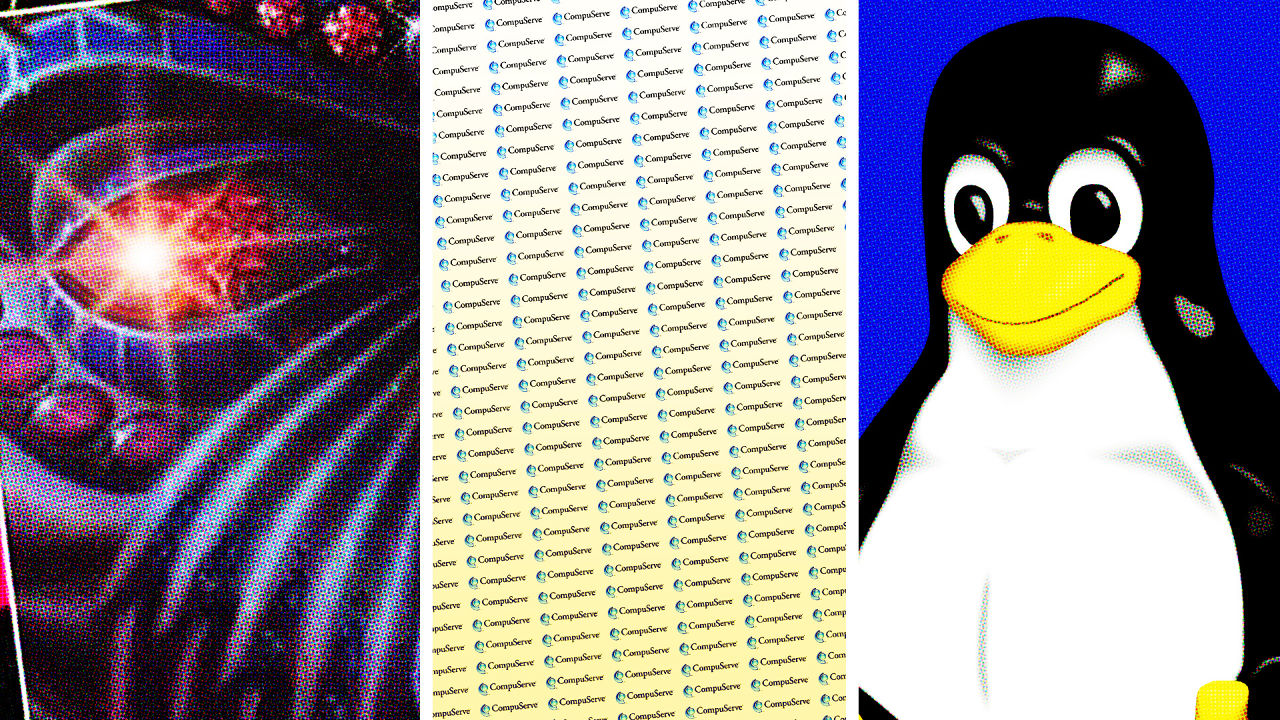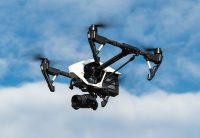Neuromancer, Linux, or CompuServe: The Geek Debates Continue
Geek & Sundry’s Felicia Day vs. GitHub CEO Chris Wanstrath vs. Nest’s Mike Soucie.
Every day this week, as Fast Company readers vote to decide the single greatest geek moment in history, we’ll also present a debate over geek moments that we hope will get the arguments flowing.
We’ve asked a group of geek luminaries—technologists, culture bloggers, open-source software heroes, authors, and others—to weigh in. They argued the merits of their personal favorite geek moments over email. And now we present those debates, lightly edited, for your reading pleasure.
Mike Soucie, head of consumer partnerships at Nest: [Editor’s note: Soucie originally chose the Moon landing, but since that was voted out on Day one of the bracket, he’s going another direction.] Undoubtedly the Apollo mission and moonwalk is a great mainstream geek moment, but let’s go deeper and get to the undercurrents that drive true geek culture: science fiction, and how its predictive seeds drive innovation and nomenclature that’s fully realized in the world we live in today.
Specifically, I would say the greatest geek moment in history is the 1984 publication of William Gibson’s Neuromancer. The cyberpunk novel completely turned science fiction on its head, legitimizing a dialogue around the cultural implications of coexisting with technology, and ultimately illustrating the possibility for that reality to develop in a positive and meaningful way. Neuromancer hit a cultural nerve and rallied the geek community around a vision of the future that has helped shape our conception of the Internet and connectivity. With every social network, online game, or hacking phenomenon, we take a step closer to the seemingly fantastical world of Gibson’s imagination. Many of Neuromancer’s technological predictions have been either partially or fully realized, such as the “international computer matrix,” otherwise known as the Internet, and I could go so far as to say that he probably did as much for the cultural impact of the Internet as the organizations that brought it to fruition. While I appreciate that authors of science fiction typically seek to expose aspects of the present, it would be impossible to ignore how much Gibson has exposed about the future. Six million copies of the book have found their way into the homes of geeks worldwide, but beyond that, its concepts have influenced the lives of arguably everyone in the present day.
Chris Wanstrath, CEO of GitHub: Neuromancer is a fantastic book and had a big influence on me growing up, but there’s another moment that comes to mind when I think about global geek impact: August 25th, 1991, the day Linus Torvalds announced Linux[0]. Linux is still helping create the future that Gibson promised us, even today.
I personally wasn’t aware of it happening at the time, but it’s impossible to ignore its impact now. Linux is everywhere, with thousands of people all over the world contributing to its success. In the decades following its release, Linux has brought open source into the mainstream and provided an incredible piece of low-cost, accessible technology that has helped fuel the explosive growth of the Internet.
You don’t need a massive server and an expensive operating system to start the next billion-dollar company anymore, and that’s thanks in large part to Linux. Even today GitHub.com runs on Linux, as do millions of other websites. Meanwhile, open source has never been stronger, more professional, or more legitimate, and it all goes back to a simple, unassuming email that a Finnish computer science major sent to a mailing list about his pet project.
Open source existed before Linux, but Linux was open source’s first killer app—and it paved the way for many young geeks such as myself to become open-source programmers. While an operating system may not be the most exciting piece of technology, it’s the foundation upon which many other technologies are built. From self-driving cars to burrito delivery services, the world would be a much different place if it weren’t for that email.
Soucie: Linux is undoubtedly one of the most significant innovations in geek (and non-geek!) history, and, in fact, was the OS the Nest Learning Thermostat was originally built on, so I definitely have a lot of reverence for Linus Torvald’s announcement, on both a personal and professional level.
Though seemingly different on the surface (hey, we’re debating a novel vs. an operating system here) one thing I love about both of these moments in geek history is how closely they are potentially related and I think it could easily be argued that Gibson’s 271 pages of prose had an impact on the fabric of the modern world.
Something I find interesting to think about is who engineers the engineer? In other words, why do we do what we do? What influenced us to build the de facto hub for developers or hone the products transforming homes into more thoughtful places?
When thinking about “what engineers an engineer,” I tend to think about the source, the inspiration. Neuromancer was that work of science fiction that helped sparked a generation of geeks. It opened our eyes to a world that had yet to be developed, and it gave us the tools to turn “cyberspace” into a reality.
Gibson’s story made room for a cultural narrative around technology coexisting with society, and I would argue that without his powerful imagination, the geek community, and the modern world, would certainly not look the same.
Felicia Day, actress and founder of the YouTube channel Geek & Sundry: Both of your suggestions are fabulous, but from my perspective, the greatest geek moment in history was the creation of a company called CompuServe in the early 1980s. It was the first major commercial online service in the United States, and that company’s success, and the way it allowed consumers to connect with each other, laid the groundwork for the construction of the internet (and geekdom) as we know it.
Throughout the ’80s CompuServe offered a way for people to dial up through their phone lines with modems via their VERY large computers, read newspapers from around the world, check stocks and sports scores, and most importantly, congregate around subjects that interested them and connect with other people who were interested in that subject too, via the CompuServe bulletin boards. (My family had a subscription. I sat on my mom’s lap as a child and watched her argue about Reagan a lot).
To me, a basic part of the definition of geek is “one who loves something unashamedly, and loves connecting with people around that thing they love.” That’s what CompuServe allowed to flourish throughout the ’80s. It also inspired innumerable tech companies like AOL to jump on the social technology bandwagon, leading to the modern social web. Without those steps, there wouldn’t be “geek culture” as we know it.
Nowadays, everything we do online is centered around our hobbies and interests, but CompuServe was the first to bring that “connecting with other humans with a computer is a cool idea” into mainstream attention.
[Source Photos: via Wikipedia, Linux, CompuServe, William Gibson’s Neuromancer]
Fast Company , Read Full Story
(268)

